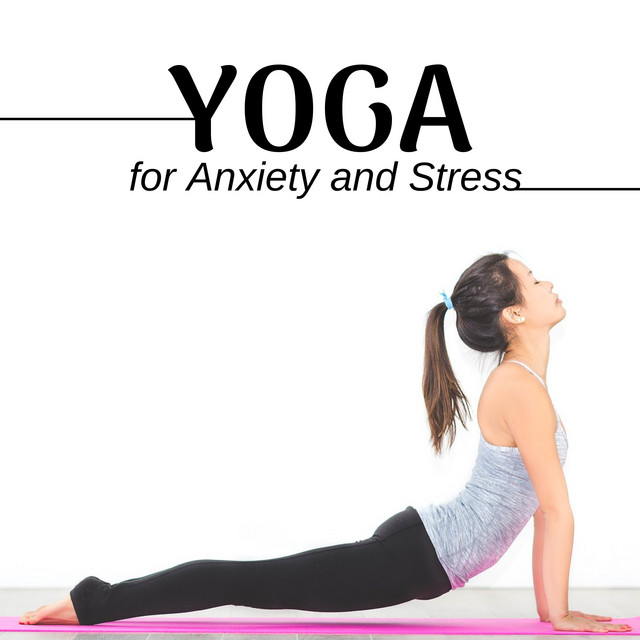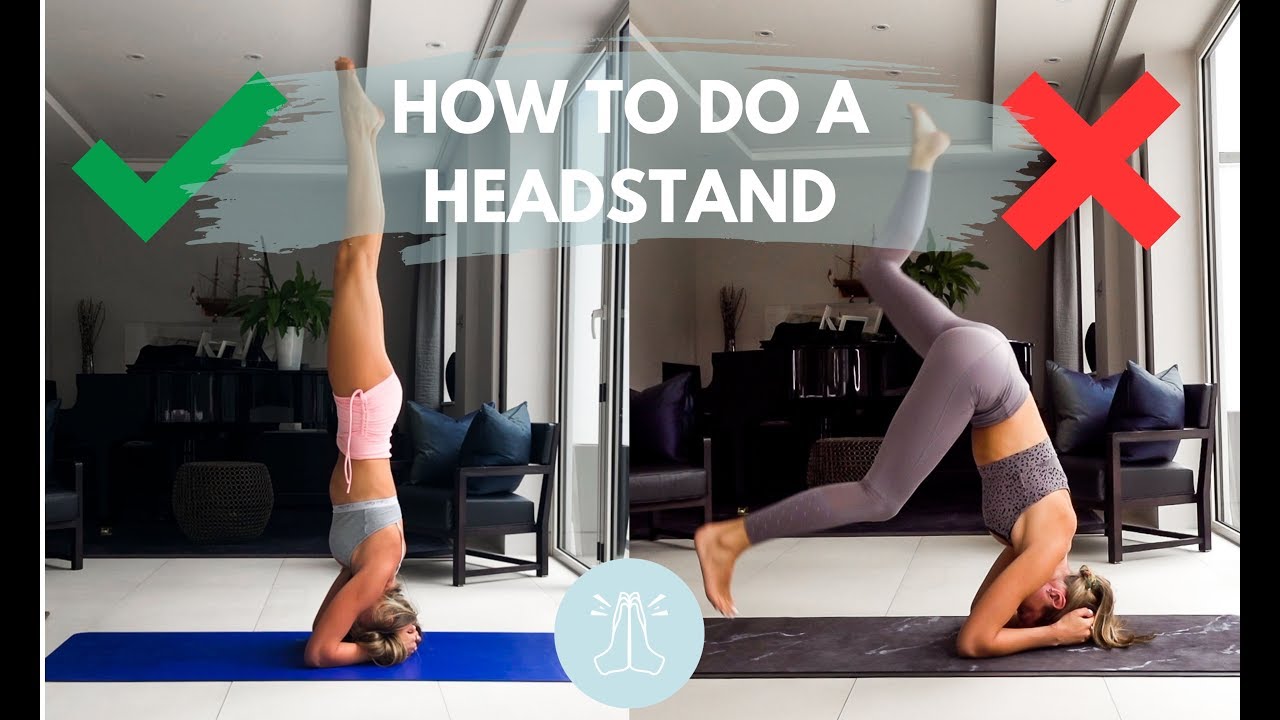
Clearing up what mindfulness refers to is the first step towards defining it. Mindfulness does not have to be a single concept. It can encompass a wide range of experiences. And there are many ways to define it. This article will examine several aspects, including the subthemes, sociocultural influences, as well the impact of popular literature and self help on mindfulness. It will also discuss the absence of objective measures for mindfulness.
Subthemes of mindfulness
Mindfulness is about attending to the present moment. It means focusing on the moment and not on past or future events. This practice is important for improving self-awareness and emotional resilience. This means that you must pay attention to everything around you. It is possible to guide mindfulness interventions using the five-aggregate model.
A majority of the studies included a concrete attitude in the definition of mindfulness. This attitude is known as non-evaluative. Researchers discovered four subthemes within the non-evaluative attitude. One of these subthemes is non-judgmental attitude. This theme refers to how we approach our experiences, without judging or evaluating them. Furthermore, we learn how other phenomena are perceived and how to look at them in the current. This research has important implications to workplace practices.

Social and cultural influences on mindfulness definition
Recent research has examined socio-cultural influences on the definition of mindfulness, specifically in African-American communities. Participants from both the African-American and white communities had different interpretations of the same definition. Participants used mindfulness to improve their own well-being. Others saw it as a way to address national or societal challenges. These results raise questions about the value of understanding cultural differences and societal norms that can influence our definitions of mindfulness.
An example: A socio-cultural perspective may lead to a reduction in personal responsibility and autonomy. These studies tend to ignore the fact that individual differences in mental processes or behavior are common. Each person is unique and has different influences, so it's impossible to apply a single practice to all cases. A single practice or theory may not work for everyone. It is important to look at mindfulness from different angles in order to find the best one for you.
Influence of self-help and popular literature on mindfulness
Over the past decade, mindfulness research has grown in number. These studies are expected increase our understanding about mindfulness. The UK Mindfulness All Party Parliamentary Group recently reviewed MBCT and recommended it as a treatment option to adults suffering from recurrent depression or other physical illnesses. Some of the self-help or popular literature on mindfulness can have a significant influence on our understanding.
Although scientific research has been skeptical of the effect of self help literature on mindfulness, some studies show that mindfulness can be a powerful therapeutic intervention and reduce symptoms of many physical and psychological health problems. Practitioners have found that mindfulness can be helpful in coping with everyday stressors. But, there is not enough evidence to support these claims. Yet, advocates of mindfulness are pushing for more research into its potential.

Lack of objective measures of mindfulness
Despite increasing interest in mindfulness, there is no objective way to assess its effectiveness. The most widely used instrument to measure trait mindfulness are self-report. The self-reported mindfulness level increases with meditation practice. It can be linked to many positive outcomes including decreased stress and burnout as well as increased brain connectivity and executive functioning. One problem with self–report questionnaires, however, is that they do not account for many factors that could influence one's mindfulness experience.
The Freiburg Mindfulness Inventory, (FMI), was created by researchers in 2006. It is an effective tool for assessing mindfulness. However, it can only be used as a qualitative tool. However, it is used as a benchmark by researchers. FMI is valid and simple to use. It also measures the likelihood of a person noticing his or her thoughts and feelings.
FAQ
What happens to your body if you do yoga every morning?
You will feel calm, relaxed and centered. It can improve your posture, balance, flexibility, and overall health.
You become more conscious of your body and how it reacts to movement. This awareness can make you more aware and conscious about yourself.
Yoga can improve your concentration.
Your mind will be sharper and clearer. It calms your nervous system. It lowers stress levels. And it gives you a sense of peace and well-being.
What is the main difference between yoga, pilates, and other exercise?
Although both pilates or yoga can be effective, they differ in their methods of working out. While both are based on stretching, yoga focuses on poses that challenge your core muscles and build strength.
Pilates emphasizes core strengthening and balance. It is important to remember that pilates can be complemented by yoga.
Can women do Yoga?
Absolutely! Women should feel free to try out yoga regardless of their gender.
Yoga is available in many different styles, for both men as well as women.
Statistics
- The American Psychological Association recently shared that 84% of American adults feel the impact of prolonged stress (5). (healthline.com)
- Lock in 25% off your Founding Member rate. (corepoweryoga.com)
- According to the Agency for Healthcare Research and Quality, falls are incredibly common among older adults in nursing facilities. Even the simplest ones can increase the risk of death (24). (healthline.com)
- In comparison, a 125-pound person is estimated to burn 135 calories in 30 minutes of walking (at a pace of 15-minute miles) and 210 calories bicycling at a moderate pace on a stationary bike. (everydayhealth.com)
- The people in the yoga group were 37 percent more likely to have quit smoking by the end of the 8-week program. (nccih.nih.gov)
External Links
How To
Is yoga a great workout?
Yoga isn't for people who just want to lose weight. Yoga can help you improve flexibility, balance and coordination as well as strength, focus, calmness, and coordination.
Yoga is more than just exercise. It's also an art form. They are used to relax and meditate. These poses help improve our posture, concentration, breathing, and overall health.
The term "yogi" refers to someone who practices yoga. Yogis follow various forms of yoga, including Hatha, Ashtanga, Iyengar, Vinyasa, Bikram, Kundalini, Yin Yang, and Restorative.
There are many types and styles of yoga. But they all share similar goals. Each type is focused on different aspects. You can choose from meditation, pranayama or Hatha yoga.
Some yoga exercises don't require you to have any equipment
-
Sun Salutation – This sequence of 12 poses begins with a forward bend and is followed by 10 more.
-
Warrior Pose: While holding a stick, or staff, you can do a warrior pose.
-
Triangle Pose-This pose requires you to lift one leg behind you while bending at the knee.
-
Standing Forward Bend- This is when you lie down straight on the ground, with your legs straight. Then, fold forward to the waist.
-
Seated Twist: This is a pose that can be done while seated on a mat or in a chair.
-
Cobra Pose – This is a pose where you lie flat on your back and raise your arms above your head.
-
Child's Pose: This is a pose where the child lies face down on the ground.
-
Cat/Cow Pose: This combination of a cow and cat pose is called the Cat/Cow Pose. While lying face down, raise your upper body off the ground. Next, roll onto your back and place both of your hands under you shoulders.
-
Head Tilt - This pose is done by tilting your head back and keeping your eyes closed.
-
Shoulder Stand – This is a standing position in which your feet are raised above your head.
-
Tree Pose – This pose involves kneeling on your heels with your hands beneath your shoulders.
-
Bow Pose - This pose is completed by bending forward from the hips and placing your palms on the ground.
-
Corpse Pose -- This pose is for five minutes.
-
Mountain Pose - This pose is called mountain pose because you stand tall with your spine erect.
-
Legs up the Wall Pose – This pose involves hanging upside down from a wall.
-
Side Angle Pose -- This pose requires you to lean against a wall and place your right arm in front of the wall.
-
Plank Position: This is when your legs are bent at the waist and your arms extend out to one side.
-
Bridge Pose: This pose can be achieved by balancing on your elbows or toes.
-
Reverse Table Top Position - You can achieve this pose by lying on your stomach and reaching towards the ceiling.
-
Handstand – This pose requires strength and balance. This pose requires you to hold on to two walls or a doorframe.
-
Half Moon Pose is also known by the name Hero Pose. You can perform it by standing on your hands or toes.
-
Handstand or Headstand - This pose requires balance and strength. You can perform this pose either on a wall or using a doorframe.
-
Forearm Balance- This position is done with your forearms on a tabletop.
-
Spinal Twist: This pose is where your belly meets your arms.
-
Supported Boundangle Pose – This pose requires balance. For this pose, you will need to find something sturdy like a branch from a tree or an old beam to support you.
-
Wide Leg Forward - This position involves extending your legs and touching your toes.
-
Single Pigeon Pose -- This pose is similar in style to the forward fold with one leg, but it only involves one leg.
-
Extended Puppy Dog Poses-This pose is extremely relaxing. This can be done by stretching your legs straight out and bending at the knees.
-
Situated Forward Bend – This pose allows you to sit cross-legged while stretching your calves.
-
Crow Pose – This pose can be difficult but rewarding once you are able to master it. To do it, raise your arms up above your head while lowering your arms to the floor.